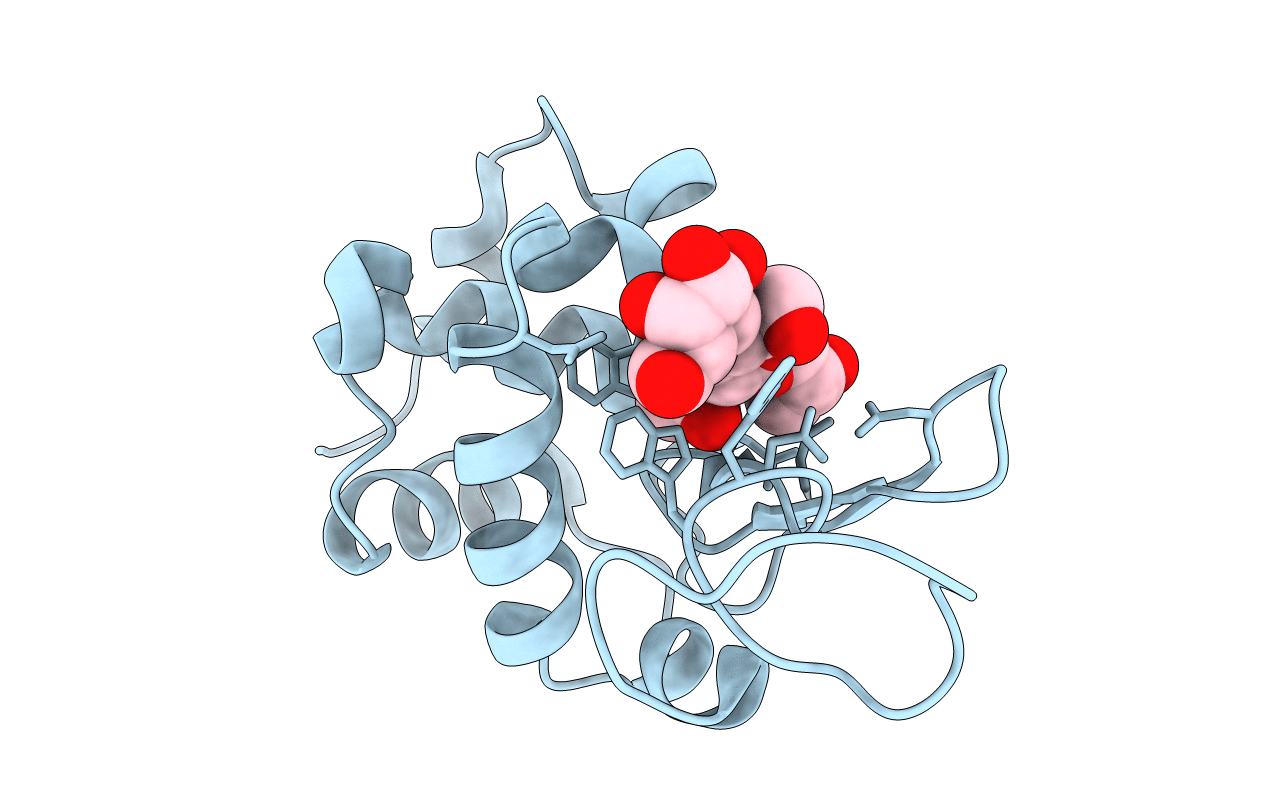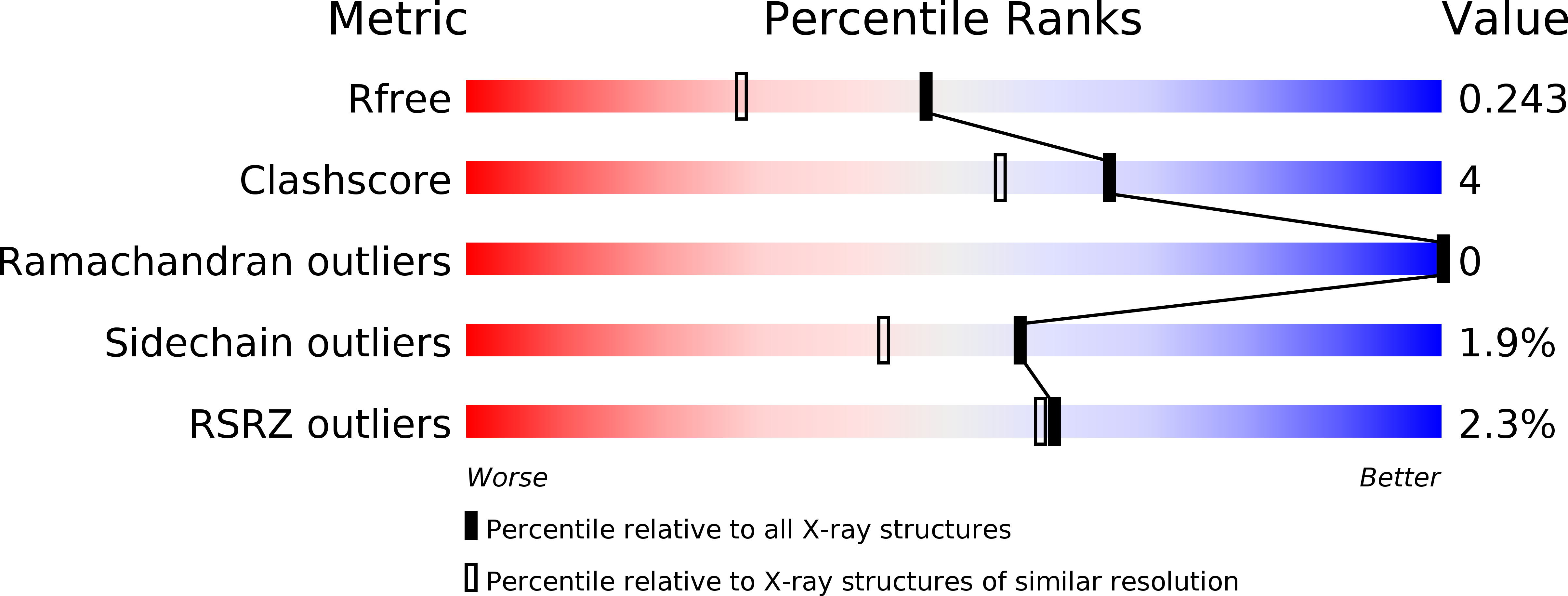
Deposition Date
2003-04-07
Release Date
2003-04-22
Last Version Date
2024-10-30
Entry Detail
PDB ID:
1UC0
Keywords:
Title:
Crystal structure of wild-type hen-egg white lysozyme singly labeled with 2',3'-epoxypropyl beta-glycoside of N-acetyllactosamine
Biological Source:
Source Organism:
Gallus gallus (Taxon ID: 9031)
Method Details:
Experimental Method:
Resolution:
1.85 Å
R-Value Free:
0.25
R-Value Work:
0.19
Space Group:
P 43 21 2


